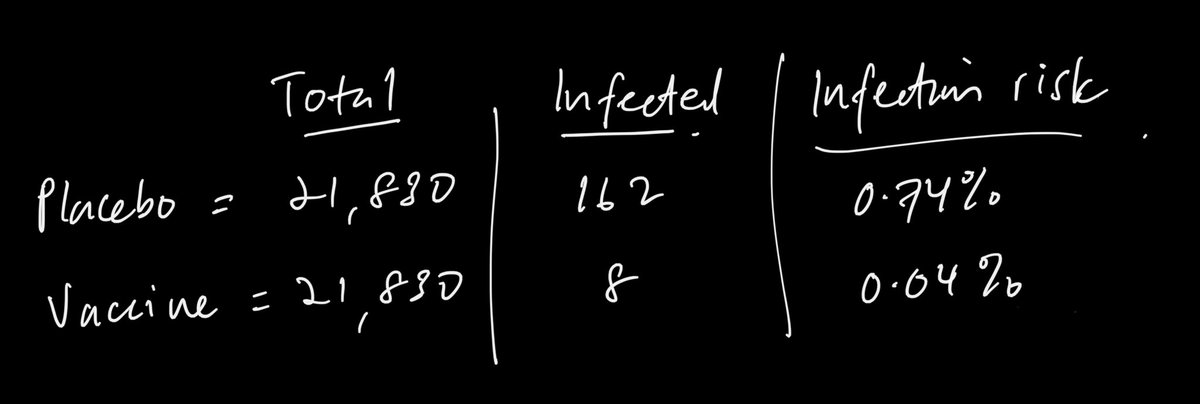
Had a couple of days to think about the option of choosing vaccines in the mainstream PICK, so here are my thoughts:
These tweets are not really about whether it is a right decision but more of a ‘why’ & ‘how’ about it. Whether it is the right call, I think only time can tell.
These tweets are not really about whether it is a right decision but more of a ‘why’ & ‘how’ about it. Whether it is the right call, I think only time can tell.
Vaccine preference, whether we want to admit, do play a part in vaccine uptake. We always assume all who want to get vaccinated wont mind which type we get, but that’s not entirely true. I wrote about it little here:
medium.com/@Yoongkhean/co…
medium.com/@Yoongkhean/co…
The theory of letting folks choose their vaccines is to cover whatever hesitancy, valid or invalid, people might have & subsequently increase uptake.
But the viability of that system hinges on 3 factors:\
1. Availability
2. Accessibility
3. Equitability
But the viability of that system hinges on 3 factors:\
1. Availability
2. Accessibility
3. Equitability
1. Supply of vaccines (all types on the portfolio) must be available. Which means no delivery hiccups and no storage hiccups.
They also have to be distributed evenly across all states and PPVs.
They also have to be distributed evenly across all states and PPVs.
2. Vaccine must be easily accessible in ALL centres. No point if the centre within my area has only vaccine A & B but not vaccine C, which is only available in the next state.
If u give a choice, then the choices need to be easily accessible, for everyone.
If u give a choice, then the choices need to be easily accessible, for everyone.
3. Everyone must have equal chance to choose the types of vaccines. If vaccines A, B & C are only available in urban areas and folks in rural areas only have vaccine D, then the ability to choose is not equitable. We have already seen how the AZ system is skewed.
So IMHO, to justify putting the option of choice, these 3 criteria has to be met. I think I can safely say the system has not demonstrated all 3 of them, for now.
Trying to balance everything is hard. Dealing w hesitancy, supply, operational efficiency. U end up losing focus.
Trying to balance everything is hard. Dealing w hesitancy, supply, operational efficiency. U end up losing focus.
I also think we should maintain consistency of the message. If we say the best vaccine is the one available to us, then the roll out should be built around this.
Sure, certain vaccines, due to storage/logistics are better off for certain areas/population, but that’s fine.
Sure, certain vaccines, due to storage/logistics are better off for certain areas/population, but that’s fine.
Trying to address all of the issues operationally, I think it’s putting too much on the plate.
Decide on method of prioritisation, tweak according to supply availability & execute it. The more complicated the system is, the higher the chance of screw ups.
Just my 2c.
Decide on method of prioritisation, tweak according to supply availability & execute it. The more complicated the system is, the higher the chance of screw ups.
Just my 2c.
• • •
Missing some Tweet in this thread? You can try to
force a refresh





